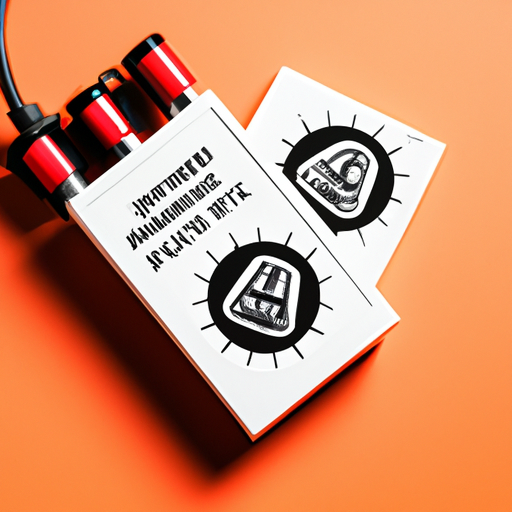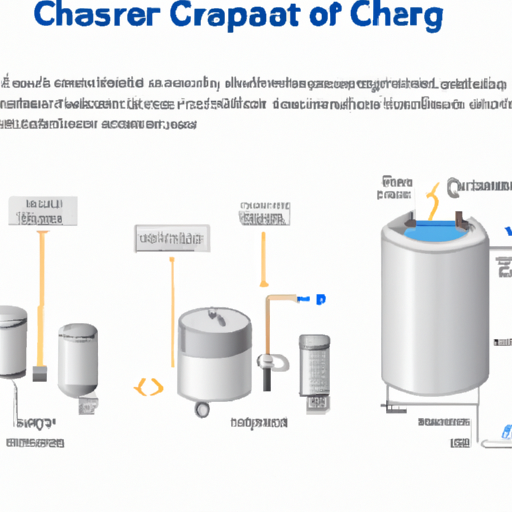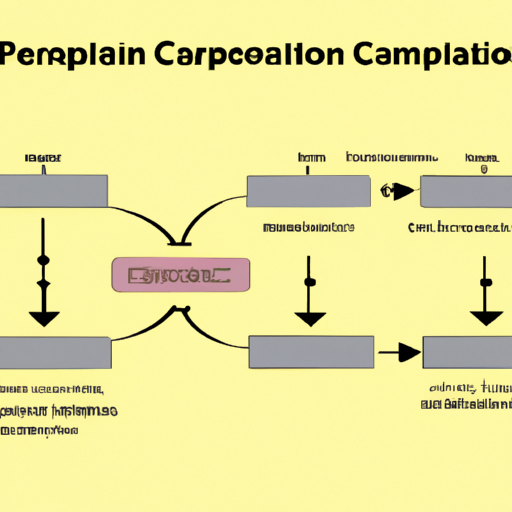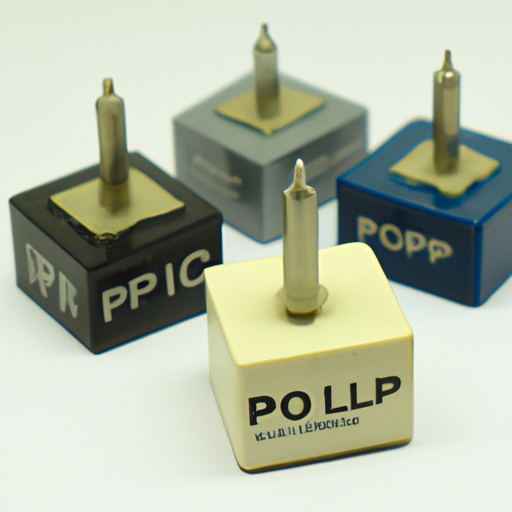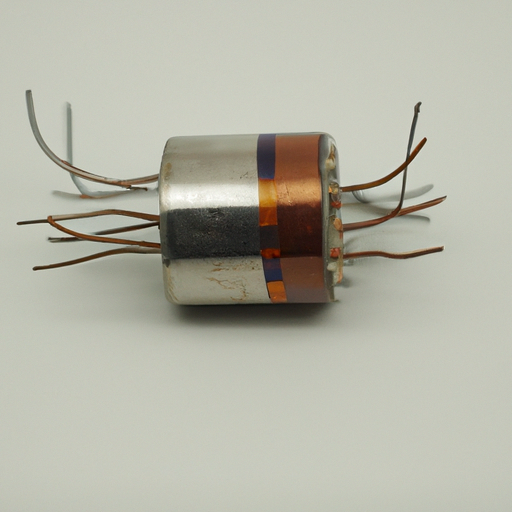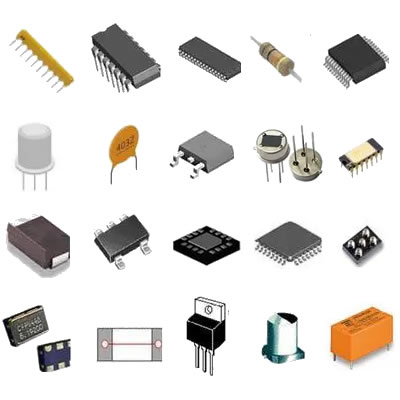What is the purchase price of the latest reactive power compensation capacitor?
What is the Purchase Price of the Latest Reactive Power Compensation Capacitor?
I. Introduction
In the realm of electrical engineering, reactive power compensation capacitors play a crucial role in maintaining the efficiency and stability of power systems. These devices help manage reactive power, which is essential for the functioning of various electrical equipment. This blog post aims to explore the purchase price of the latest reactive power compensation capacitors, delving into their types, influencing factors, current market prices, and the overall cost-benefit analysis of investing in these vital components.
II. Understanding Reactive Power Compensation
A. Explanation of Reactive Power
Reactive power is a fundamental concept in electrical systems, representing the power that oscillates between the source and the load without being consumed. It is measured in volt-amperes reactive (VAR) and is essential for creating magnetic fields in inductive loads such as motors and transformers. Unlike active power, which performs useful work and is measured in watts, reactive power does not contribute to the actual energy consumed but is necessary for the operation of many electrical devices.
B. The Need for Reactive Power Compensation
The presence of reactive power can lead to various issues in power systems, including voltage drops, increased losses, and reduced efficiency. By compensating for reactive power, electrical systems can improve power quality, enhance efficiency, and reduce energy losses. This compensation is particularly important in industrial settings where large motors and other inductive loads are prevalent.
III. Types of Reactive Power Compensation Capacitors
A. Fixed Capacitors
Fixed capacitors are the simplest form of reactive power compensation. They are designed to provide a constant amount of reactive power and are typically used in applications where the load is stable.
**Advantages:**
- Low initial cost
- Simple installation and maintenance
**Disadvantages:**
- Limited flexibility
- Cannot adjust to varying load conditions
B. Automatic Capacitor Banks
Automatic capacitor banks are more sophisticated systems that can adjust the amount of reactive power supplied based on real-time load conditions. They use control systems to switch capacitors in and out of the circuit as needed.
**Advantages:**
- Flexibility to adapt to changing loads
- Improved power factor correction
**Disadvantages:**
- Higher initial cost
- More complex installation and maintenance
C. Synchronous Condensers
Synchronous condensers are rotating machines that provide reactive power support. They can be used to improve voltage stability and enhance system reliability.
**Advantages:**
- High capacity for reactive power
- Can provide both reactive and active power
**Disadvantages:**
- High initial investment
- Requires more maintenance and operational expertise
IV. Factors Influencing the Purchase Price of Reactive Power Compensation Capacitors
A. Type of Capacitor
The type of capacitor significantly influences its purchase price. Fixed capacitors are generally the most affordable, while automatic capacitor banks and synchronous condensers come with higher price tags due to their advanced features and capabilities.
B. Voltage Rating and Capacity
The voltage rating and capacity of the capacitor also play a crucial role in determining its price. Higher voltage ratings and larger capacities typically result in increased costs, as these components require more robust materials and engineering.
C. Manufacturer and Brand Reputation
The reputation of the manufacturer can impact pricing. Established brands with a history of reliability and performance may charge a premium for their products, while lesser-known brands may offer lower prices but with varying levels of quality and support.
D. Technological Features
Modern reactive power compensation capacitors may come equipped with advanced technological features, such as smart controls and IoT integration. These innovations can enhance performance and monitoring capabilities but also contribute to higher costs.
E. Market Demand and Supply Dynamics
Market conditions, including demand and supply dynamics, can influence prices. Seasonal fluctuations, economic conditions, and industry trends can all affect the availability and pricing of reactive power compensation capacitors.
V. Current Market Prices for Reactive Power Compensation Capacitors
A. Overview of Price Ranges
The prices of reactive power compensation capacitors can vary widely based on their type and specifications:
1. **Fixed Capacitors:** Prices typically range from $50 to $500 per unit, depending on voltage rating and capacity.
2. **Automatic Capacitor Banks:** These systems can range from $1,000 to $10,000 or more, depending on the complexity and capacity.
3. **Synchronous Condensers:** The cost for these units can start at $10,000 and go up to $100,000 or more, depending on size and specifications.
B. Case Studies of Recent Purchases
Recent purchases across various industries illustrate the price variations. For instance, a manufacturing facility may invest in an automatic capacitor bank for $5,000 to improve power factor and reduce energy costs. In contrast, a utility company might purchase a synchronous condenser for $50,000 to enhance grid stability.
VI. Cost-Benefit Analysis of Investing in Reactive Power Compensation Capacitors
A. Initial Investment vs. Long-Term Savings
While the initial investment in reactive power compensation capacitors can be significant, the long-term savings often justify the expense. For example, improved power factor can lead to lower electricity bills and reduced demand charges from utility companies.
B. Impact on Energy Costs
Investing in reactive power compensation can result in substantial reductions in energy costs. By minimizing reactive power losses and improving overall system efficiency, businesses can see a noticeable decrease in their monthly electricity expenses.
C. Enhancements in System Reliability and Performance
Beyond cost savings, reactive power compensation capacitors enhance system reliability and performance. They help maintain voltage levels, reduce the risk of equipment failure, and improve the overall quality of power supplied to critical loads.
VII. Conclusion
In summary, the purchase price of reactive power compensation capacitors varies widely based on type, specifications, and market conditions. Understanding the different types of capacitors, the factors influencing their prices, and the potential cost savings can help businesses make informed purchasing decisions. As the demand for efficient and reliable power systems continues to grow, investing in the right reactive power compensation solution is essential for optimizing performance and reducing operational costs.
VIII. References
1. IEEE Power and Energy Society. (2021). "Reactive Power Management."
2. Electric Power Research Institute (EPRI). (2022). "Cost-Benefit Analysis of Power Factor Correction."
3. Industry Reports on Capacitor Market Trends. (2023). "Global Capacitor Market Analysis."
This blog post provides a comprehensive overview of the purchase price of reactive power compensation capacitors, emphasizing their importance in electrical systems and guiding readers toward making informed decisions.

